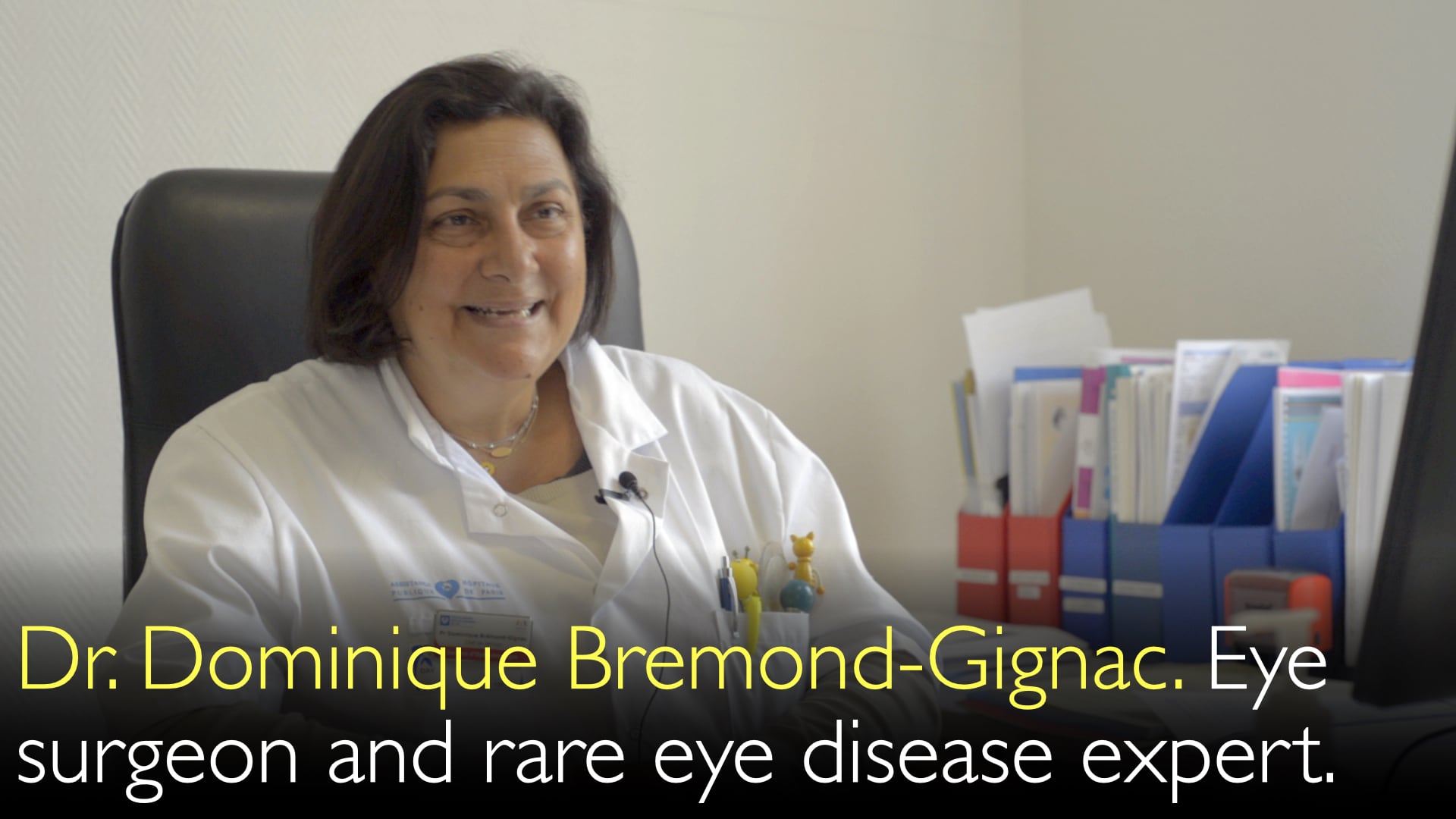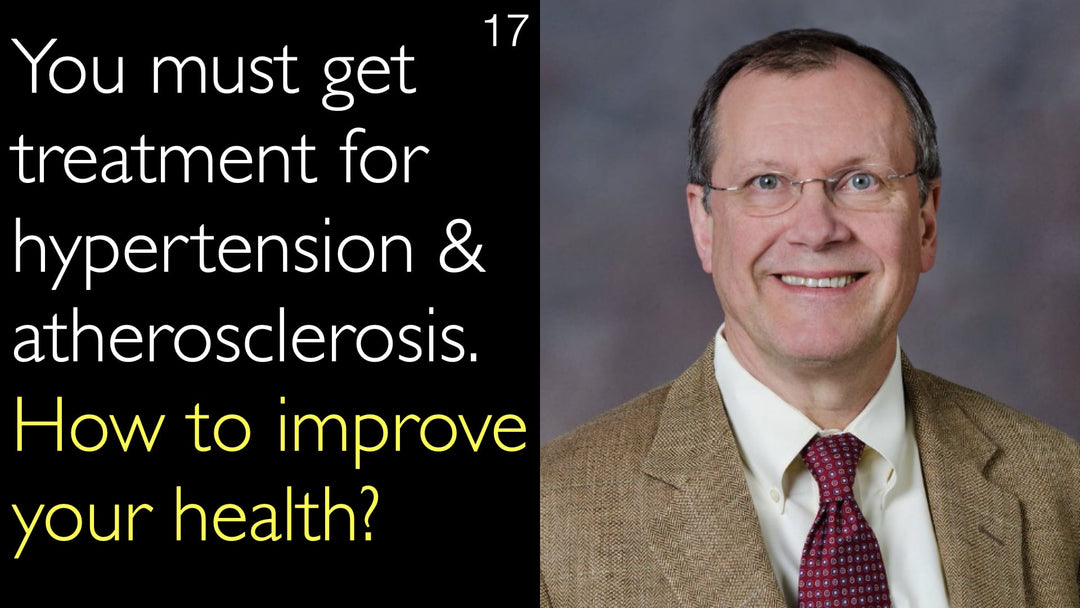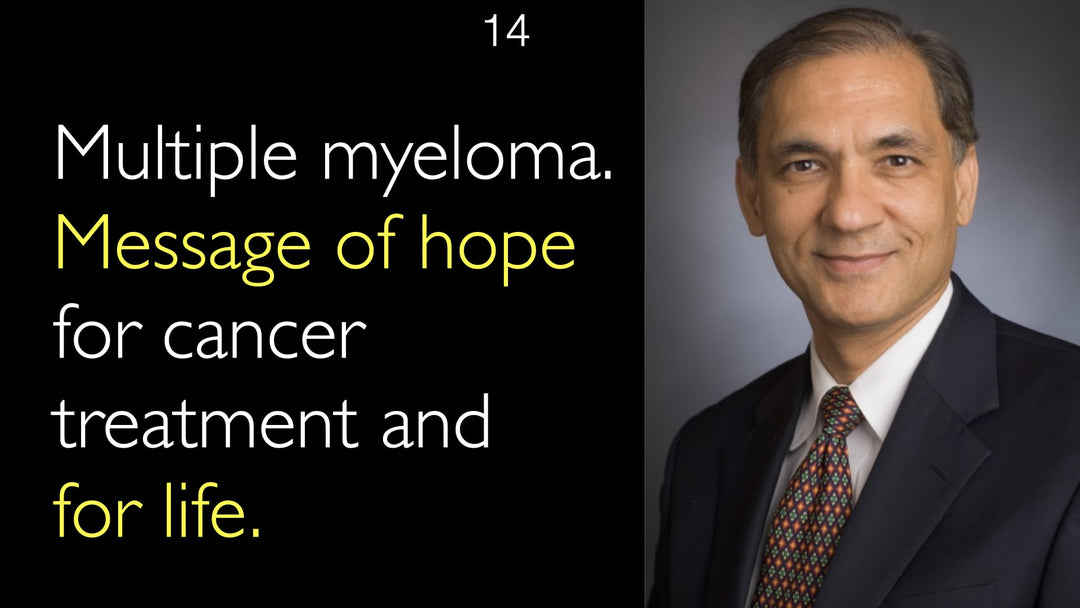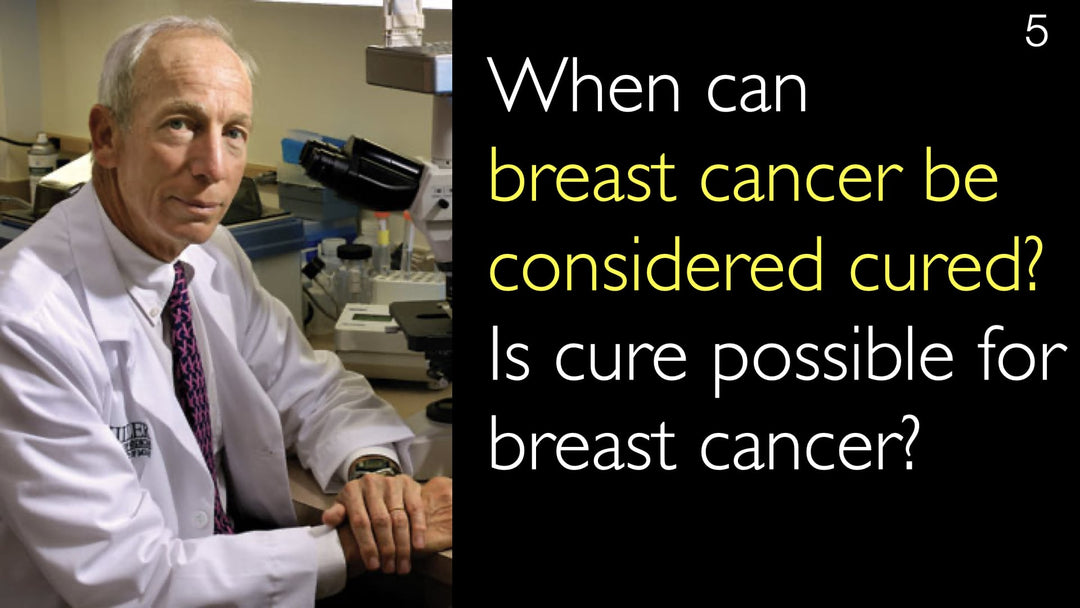A Dra. Dominique Bremond-Gignac, MD, principal especialista em oftalmologia e cirurgia bucomaxilofacial, explica por que uma abordagem cirúrgica multidisciplinar é essencial no tratamento de tumores orbitários complexos e diagnósticos palpebrais. Ela detalha como a colaboração entre cirurgiões oculares e neurocirurgiões permite uma ressecção tumoral mais segura e completa, utilizando múltiplos acessos às lesões, o que melhora significativamente os resultados em áreas anatômicas delicadas.
Tratamento Cirúrgico Multidisciplinar para Tumores Orbitários e Doenças Palpebrais
Navegar para a Seção
- Competência Cirúrgica Combinada em Olho e Face
- Diagnóstico de Tumor Orbitário e Tratamento Cirúrgico
- Tratamento de Doenças Palpebrais e Malformações Orbitárias
- Abordagem com Equipe Cirúrgica Dupla em Neurocirurgia
- Técnicas Avançadas de Acesso Cirúrgico para Ressecção Tumoral
- Benefícios do Cuidado Ocular Multidisciplinar
- Transcrição Completa
Competência Cirúrgica Combinada em Olho e Face
A Dra. Dominique Bremond-Gignac, MD, possui uma rara dupla especialização em oftalmologia e cirurgia bucomaxilofacial, o que lhe confere uma competência única para tratar condições complexas que afetam o olho e estruturas adjacentes. Essa formação combinada é essencial porque a oftalmologia vai além do globo ocular, abrangendo também a órbita, as pálpebras e a anatomia facial circundante. A interseção entre essas disciplinas cirúrgicas é especialmente crítica no manejo de patologias que envolvem tanto a função visual quanto a integridade estrutural do esqueleto facial.
Essa abordagem integrada permite que a Dra. Bremond-Gignac conduza casos que normalmente exigiriam equipes cirúrgicas separadas, assegurando continuidade no cuidado e um planejamento terapêutico abrangente. A complexidade anatômica da região orbital demanda um entendimento preciso tanto da função ocular quanto da arquitetura bucomaxilofacial, tornando essa dupla competência particularmente valiosa para pacientes com quadros complexos.
Diagnóstico de Tumor Orbitário e Tratamento Cirúrgico
Os tumores orbitários estão entre as condições mais desafiadoras que se beneficiam da expertise combinada em oftalmologia e cirurgia bucomaxilofacial. Essas lesões podem originar-se de diversos tecidos dentro da órbita, incluindo o nervo óptico, a glândula lacrimal, os ossos orbitários ou os tecidos conjuntivos circundantes. O diagnóstico geralmente envolve técnicas avançadas de imagem, como ressonância magnética (RM) e tomografia computadorizada (TC), para determinar o tamanho, a localização e a relação do tumor com estruturas críticas, como o nervo óptico e os músculos extraoculares.
A Dra. Dominique Bremond-Gignac, MD, ressalta que o planejamento cirúrgico para tumores orbitários exige uma avaliação meticulosa tanto dos resultados visuais funcionais quanto dos resultados cosméticos. A proximidade com estruturas neurológicas e vasculares vitais demanda abordagens que minimizem danos ao tecido saudável, ao mesmo tempo que garantam a ressecção tumoral completa, quando possível. As decisões de tratamento são tomadas em reuniões multidisciplinares de tumor, que avaliam se a intervenção cirúrgica, a radioterapia ou uma abordagem combinada oferecem os melhores resultados para cada caso.
Tratamento de Doenças Palpebrais e Malformações Orbitárias
Distúrbios palpebrais e malformações orbitárias representam outra área em que a expertise cirúrgica combinada se mostra inestimável. Condições como ptose congênita, retração palpebral, lesões traumáticas das pálpebras e fraturas orbitárias exigem reconstruções que atendam tanto aos requisitos funcionais visuais quanto às preocupações estéticas. A formação da Dra. Bremond-Gignac permite que ela realize procedimentos que restauram a função palpebral adequada, mantendo a simetria e a aparência facial.
Malformações orbitárias, sejam congênitas ou adquiridas por trauma, frequentemente envolvem reconstrução complexa da órbita óssea para proteger o olho e restaurar o posicionamento ocular adequado. Esses procedimentos podem incluir implantes orbitários, enxertos ósseos ou materiais protéticos personalizados para recriar a arquitetura orbital natural. O objetivo é sempre preservar a visão, alcançando o melhor resultado funcional e cosmético possível para o paciente.
Abordagem com Equipe Cirúrgica Dupla em Neurocirurgia
Os tumores orbitários mais complexos frequentemente exigem colaboração com neurocirurgiões, formando uma poderosa aliança cirúrgica para abordar tumores que se estendem para os compartimentos orbital e intracraniano. A Dra. Dominique Bremond-Gignac, MD, explica que alguns tumores orbitários não são totalmente acessíveis por meio de abordagens puramente oftalmológicas ou neurocirúrgicas isoladamente. Esses casos se beneficiam enormemente de uma cirurgia coordenada, na qual ambas as especialidades atuam de forma simultânea ou sequencial para alcançar a ressecção tumoral completa.
Essa abordagem colaborativa permite que os cirurgiões tratem tumores que, de outra forma, seriam considerados inoperáveis ou de alto risco para uma intervenção de especialidade única. A expertise combinada reduz o risco cirúrgico e aumenta a probabilidade de remoção tumoral bem-sucedida, preservando a função neurológica e a visão. Durante a entrevista com o Dr. Anton Titov, MD, a Dra. Bremond-Gignac destacou que esse trabalho em equipe representa o padrão-ouro para o tratamento de tumores complexos da base do crânio com envolvimento orbital.
Técnicas Avançadas de Acesso Cirúrgico para Ressecção Tumoral
A execução técnica da cirurgia orbital combinada envolve métodos de acesso sofisticados que permitem aos cirurgiões alcançar tumores por múltiplas vias. A Dra. Bremond-Gignac descreve como pode abordar um tumor deslocando cuidadosamente os músculos extraoculares para criar um corredor cirúrgico, enquanto um colega neurocirurgião acessa a lesão simultaneamente por meio de uma incisão bicoronal. Essa abordagem dupla proporciona acesso circunferencial ao tumor, permitindo uma dissecção mais controlada e uma remoção completa.
Essa técnica de abordar tumores por dois lados simultaneamente oferece vantagens significativas. Permite que os cirurgiões "relaxem" o tumor, liberando suas aderências de múltiplas direções, o que torna a ressecção mais segura e completa. A redução da tensão nos tecidos circundantes diminui o risco de danos a estruturas críticas, como nervo óptico, vasos sanguíneos e nervos cranianos. Este método representa um avanço significativo em relação às técnicas tradicionais de abordagem única para casos complexos de oncologia orbital.
Benefícios do Cuidado Ocular Multidisciplinar
A abordagem multidisciplinar para condições orbitárias e palpebrais oferece diversos benefícios para os desfechos dos pacientes. Combinar expertise de oftalmologia, cirurgia bucomaxilofacial e neurocirurgia garante uma avaliação abrangente e um planejamento de tratamento que contempla todos os aspectos de condições complexas. Os pacientes recebem um cuidado que considera tanto os objetivos terapêuticos imediatos quanto fatores de qualidade de vida a longo prazo, incluindo função visual, aparência facial e saúde neurológica geral.
A Dra. Dominique Bremond-Gignac, MD, enfatiza que esse modelo colaborativo representa o futuro do cuidado orbital complexo. Durante sua discussão com o Dr. Anton Titov, MD, ela destacou como avanços tecnológicos e técnicas cirúrgicas aprimoradas continuam expandindo as possibilidades para pacientes com patologias orbitárias desafiadoras. O desenvolvimento contínuo de abordagens minimamente invasivas e o aprimoramento da orientação por imagem vêm aumentando a segurança e melhorando os resultados desses procedimentos delicados.
Transcrição Completa
Dr. Anton Titov, MD: Você é uma especialista com dupla formação em cirurgia bucomaxilofacial e oftalmologia, atuando no diagnóstico e tratamento de doenças oculares. Onde a cirurgia bucomaxilofacial se sobrepõe à oftalmologia?
Quais doenças oculares exigem a combinação de cirurgia bucomaxilofacial e oftalmologia?
Dra. Dominique Bremond-Gignac, MD: Pode ser difícil entender por que cirurgia bucomaxilofacial e cirurgia ocular poderiam ser usadas em conjunto. Claro, na oftalmologia, há o olho. Mas não há apenas o olho, porque há a órbita e também as pálpebras. E precisamos tratar problemas na órbita e nas pálpebras também.
Quando se trata de cirurgia bucomaxilofacial, é possível combinar essa expertise, por exemplo, em tumores orbitários, deslocamentos orbitais e malformações orbitárias. É por isso que essa dupla formação é útil para o oftalmologista que também atua como cirurgião plástico ocular.
Às vezes, também realizamos cirurgias em parceria com neurocirurgiões. Fazemos cirurgia para tumores orbitários. Mas, em alguns casos, o tumor orbital não é acessível apenas para o oftalmologista, nem suficientemente acessível para o neurocirurgião sozinho. Então, podemos combinar métodos cirúrgicos indiretos com equipes cirúrgicas duplas.
Por exemplo, temos alguns tumores intraorbitários. Posso acessá-los abrindo a área cirúrgica, retirando os músculos, e reduzindo o volume tumoral. E o neurocirurgião pode fazer uma incisão bicoronal. Assim, os cirurgiões podem acessar o tumor por duas vias.
Quando acessamos o tumor por dois lados, podemos ressecá-lo com muito mais facilidade, porque o tumor fica relaxado por todos os lados. É por isso que é interessante ter essa abordagem cirúrgica com duas especialidades combinadas.
Isso evidencia a complexidade da área anatômica ao redor do olho. Também mostra o quão sutil e delicada é essa região ocular, demandando uma abordagem multidisciplinar para o tratamento de doenças oculares complicadas, incluindo tumores orbitários.








